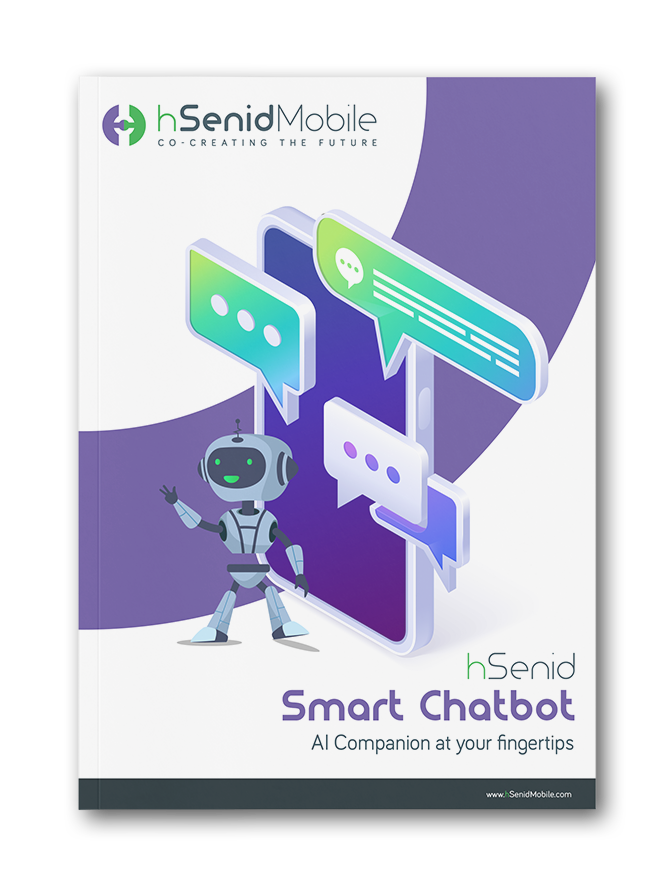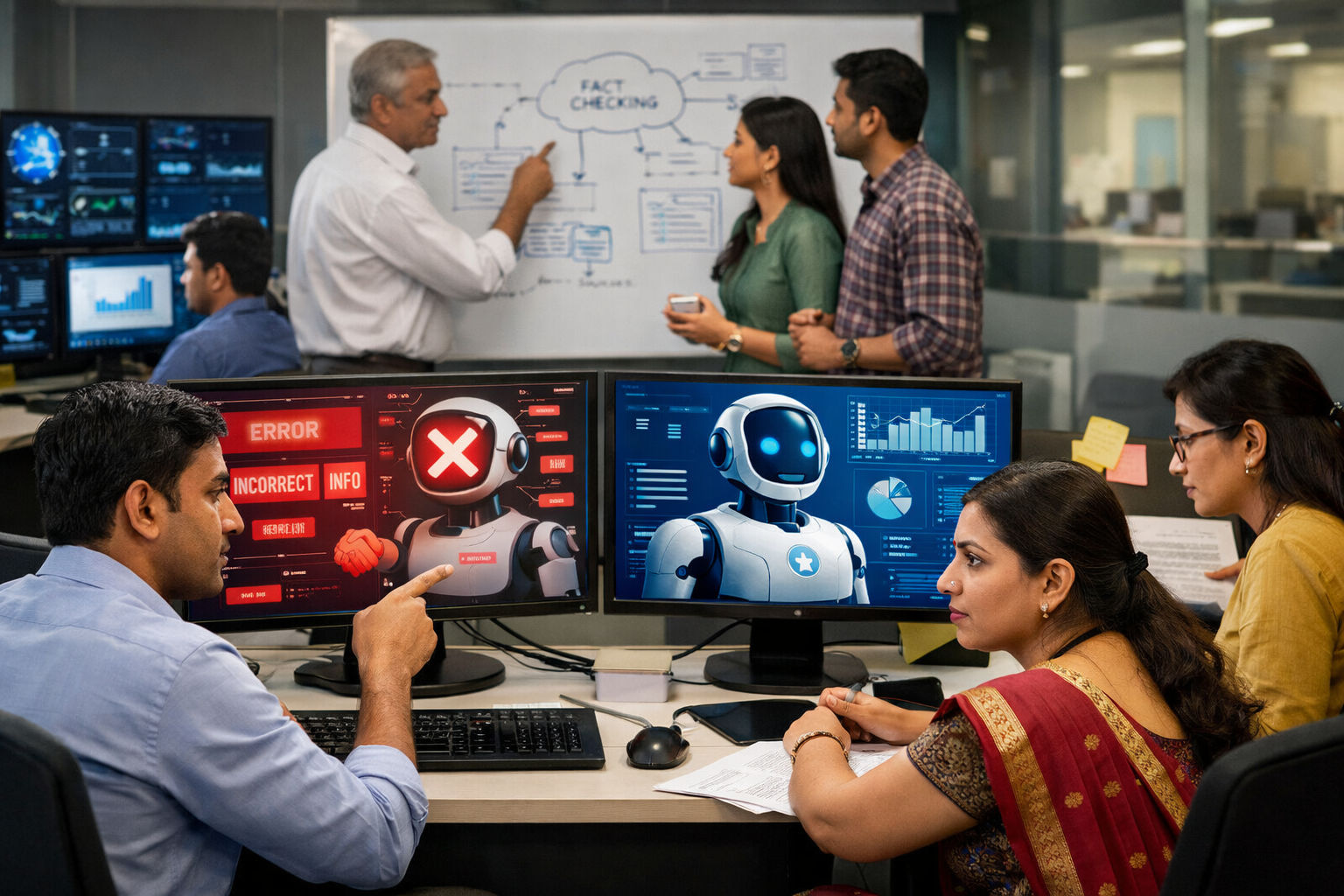Conversational AI chatbots have profoundly altered how we engage with technology, with the incorporation of speech recognition technology emerging as one of the most exciting and revolutionary advancements in the rapidly developing artificial intelligence field. Speech recognition technology has advanced significantly, and its incorporation into chatbot systems has created new opportunities for seamless and natural interactions between humans and machines. The blog post will delve into the significance of speech recognition in chatbots and how it has transformed how individuals engage with technology.
Understanding Conversational AI Chatbots
Conversational chatbots are sophisticated computer programs built to converse with users in natural language. These bots employ artificial intelligence, machine learning, and natural language processing (NLP) to interpret and respond to user questions, resulting in interactions that are nearly identical to human conversation. Chatbots have become a vital part of websites, applications, and customer support systems, providing assistance, answering questions, and completing numerous jobs.
Speech Recognition Pushes the Limits
As we enter a new decade, the worldwide voice recognition market will be worth $50 billion in 2029, with a compound annual growth rate (CAGR) of 23.7%. Incorporating speech recognition technology has opened up a whole new world of possibilities for chatbots, extending beyond text-based interactions. One of the key limitations of traditional chatbots was their reliance on text-based inputs. Users were required to type out their queries, limiting the natural flow of communication. Speech recognition has emerged as a game-changer by enabling chatbots to understand and process spoken language. This technology allows users to interact with chatbots more intuitively and naturally, mimicking human conversation.
Speech recognition in chatbots is rapidly evolving and signals a transformative shift toward greater integration and shaping the future. Complex algorithms and models that analyze audio input and discover patterns to transcribe spoken words into the text are at the basis of AI voice recognition. These models, which are powered by deep learning techniques such as neural networks, improve accuracy and performance over time. As a result, the chatbots become more adept at understanding a diverse range of accents, languages, and speech variations The transformative power of speech recognition extends beyond the realm of user experience; it holds the potential to reshape entire industries. According to recent statistics, voice assistants are projected to replace 70% of visits physical shops and banks in the next three years. This staggering figure underscores the profound impact that speech recognition technology, when integrated into chatbots, can have on the retail sector.
How Speech Recognition Enhances Communication
Improving User Experience
Speech recognition in chatbots improves the entire user experience. Users can converse with the speech-recognized chatbot more conversationally, much as they would with another person. This natural language interaction promotes engagement and familiarity, making the interaction more fun and meaningful.
Consider a scenario in which a user may simply voice a command to a chatbot, and the system reads not only the words but also the user’s meaning, context, and emotions. Advanced speech recognition algorithms that can effectively transcribe and comprehend spoken words enable this degree of communication sophistication.
Inclusivity and Accessibility
Individuals who have difficulty typing can benefit greatly from voice-recognized communication. Chatbots using speech recognition enable people with a wide range of needs to easily access information, complete tasks, and communicate with digital platforms.
Reduced Customer Support Expenditures
In various industries, voice-recognized chatbots are reshaping operations with impactful results. Demonstrating a 50% decrease in call waiting times and a corresponding 50% increase in human agent availability, these bots efficiently handle routine tasks, resulting in an impressive 80% cost reduction. This transformative technology holds promise across sectors, offering enhanced productivity and cost-effectiveness. As well as passive benefits like increased client satisfaction, which reduces the cost of gaining new customers.
Streamlining Agent-handoff Processes
In difficult scenarios, a well-designed voice recognition chatbot knows when to hand over control to a customer service employee. The shift to artificial intelligence is seamless since the chatbot transmits all prior information to human agents, ensuring a thorough knowledge of the situation without the need for the consumer to repeat concerns.
Ready to level up your game?
The future of speech recognition in chatbots is full of fascinating possibilities. Machine learning algorithms and hardware capabilities are constantly improving, promising even more accurate and smooth speech recognition. The potential incorporation of emotion recognition enhances chatbots’ sympathetic capabilities, paving the way for highly tailored and engaging interactions. The road ahead is full of exciting possibilities, as speech recognition technology accelerates us into a future where human-machine collaboration is more inclusive, efficient, and personalized. Don’t miss out on the future of AI-driven conversations. Take the next step with hSenid Smart Chatbot – where the future of human-machine collaboration is more inclusive, efficient, and personalized!








